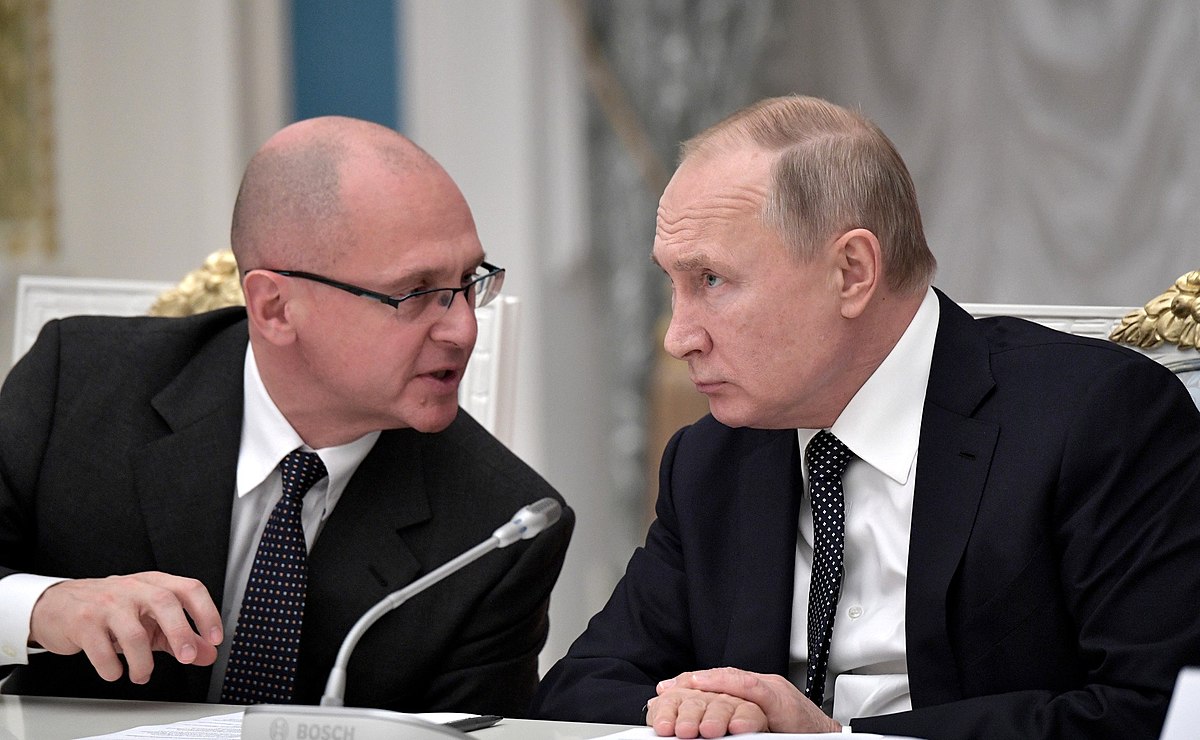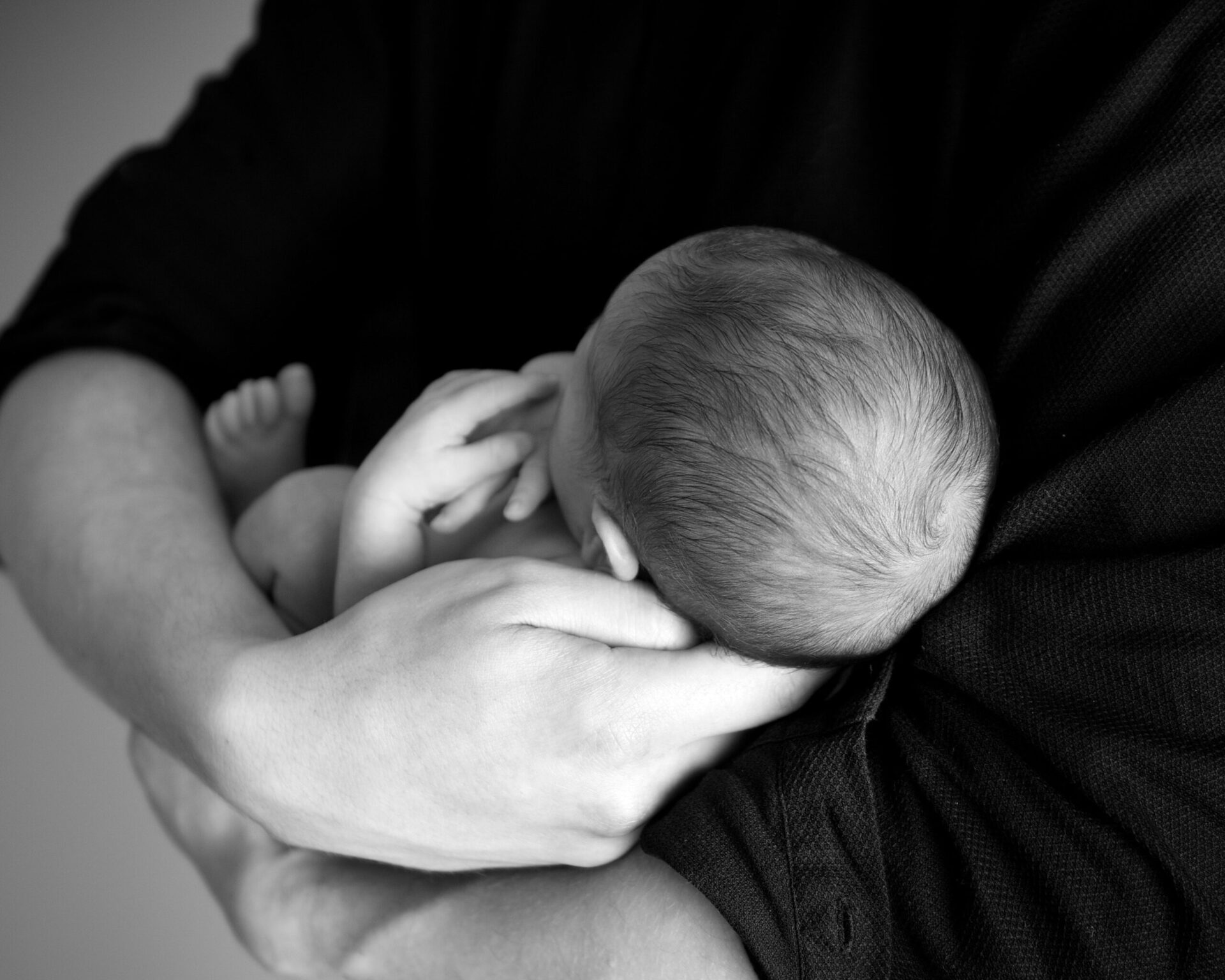“Vladimir, the Liberator” – a historiosophy of Russian aggression (Part 1)

The departure from the universal progressive rhetoric used by the Soviet Union in favor of the mythology of Slavicism and Orthodoxy reduces the scale of the effectiveness of Putin’s propaganda. This does not mean, however, that his ideology is less dangerous.
Piotr Semka
A fragment of a map of Ukraine with the coat of arms of the Polish Crown from the mid-17th century. The caption below: “It was 1648. There are still 300 and 4 years left until Putin’s birth. At that time, nobody knew that Ukraine was created by Russia, led by Lenin. ”
This witty meme, which became widely known in the Ukrainian Internet, alluded to Vladimir Putin’s long message on February 21st of this year. In it, the President of the Russian Federation announced that the self-proclaimed Luhansk and Donetsk republics would be recognized by Russia and that Russian troops would be deployed to those regions. In recent years, specialists in Russian historical policy have been interested in the Kremlin leader’s historical perception. Now, however, it is proving necessary to understand the direct actions of the Russian state-military machine.
WHERE DID UKRAINE COME FROM?
In his address, Putin announced that “Ukraine is not just a neighboring country for Russia”. As he stated, “it is an integral part of our own history, culture, and spiritual space”. Putin put forward the thesis that the inhabitants of the “south-western, historic Old Russian lands” called themselves Russians and Orthodox. This was the case until the 17th century and some of these territories were reunited with the Russian state later as well”.
Putin put forward the thesis that modern Ukraine was completely created by Russia, and more specifically by Bolshevik-communist Russia. This may have surprised some viewers. On the basis of Great Russian premises, Putin attacked Lenin sharply, although he had previously tried to avoid attacks on the Bolshevik leader. Putin needed this for the rather headstrong thesis that if modern Ukraine is a Soviet creation, if Ukraine postulates decommunization, then the very idea of Ukraine should be the subject of such practices. In the same speech, Putin argued that the present-day Ukraine is ruled by a chauvinist group that tries to mask the fact that their country has never had a stable tradition of its own real statehood with aggressive nationalism. And since 1991, Ukraine has “gone through the path of mechanically copying foreign models, separate from both Ukrainian history and reality”.
Poles do not need to be reminded of the consequences of such an ideology. At the end of the 18th century, Catherine the Great conducted a propaganda campaign arguing that the Republic of Poland was a failed state that was oppressing the Orthodox population. For centuries, Moscow has been using the thesis of the artificial provenance of the state to prepare its neighbors for territorial seizure.
Let us try to synthesize a series of historiosophical speeches by Vladimir Putin over the last ten years. The most comprehensive document in this regard is his manifesto on the historical unity of Russians and Ukrainians, which was announced in July last year. This document is important insofar as, in accordance with the order of the Russian Defense Minister Sergei Shoygu, it was indicated as required reading to all those serving in the Russian army. Let’s try to present the ideology of Putinism in relation to a few basic issues.
RELATIONS TO THE HERITAGE OF KIEVAN RUS
“Russians, Ukrainians, and Belarusians are heirs of ancient Rus, the largest state of contemporary Europe. In the vast expanses from Ladoga, Novgorod and Pskov to Kyiv and Chernihiv – the Slavic and other tribes were united by language, today called Old Russian, economic ties, and the rule of the Rurkovich family. And following Russia’s baptism, the people were also united by one Orthodox faith”. Putin’s manifesto of July 2021 begins with this historic declaration of faith. It refers to views from the tsarist era, when the Russian authorities tried to eliminate the very term “Ukraine”. Instead, the term “Lesser Russia” was promoted, and actually appeared in the 14th century, but only to distinguish Orthodox church structures in Red Ruthenia and the territory of the Grand Duchy of Lithuania, as opposed to the order of the Orthodox Church in the various Russian principalities under the rule of the Tatars, and then the Grand Duchy of Moscow.
It is no coincidence that Putin avoids defining what happened to Ukrainian lands in the period when they were part of the Polish-Lithuanian Commonwealth, and to a small percentage (Transcarpathia) to the Kingdom of Hungary. In Putin’s view, that model of Orthodox identity cannot be regarded as equal to that of Moscow, as it solely constitutes enslavement of the “Ruthenian people”. A further consequence of this way of thinking is the suggestion of a natural historical order consisting in the striving of Belarusians and “Lesser Russians” to unite with Russian state. This is also accompanied by the conviction that the Grand Duchy of Kiev was able to prolong and and develop its rule through the power of the tsars in Moscow.
Ukrainians reject this sort of determinism. The former president of Russia, Petro Poroshenko, retorted ironically: “We do not aspire to rule over Moscow, although the city was founded by the Grand Duke of Kiev”. The Russians cannot understand how the Ukrainians can separate the Grand Duchy of Kiev from Moscow in the 10th to 12th centuries. To reinforce the impression of the supposedly natural unity of Ukrainians and Russians, Putin’s propaganda emphasizes that the Ukrainian and Russian languages are “a fraternal language, though separate”. For this reason, any linguistic research which shows that the Ukrainian language contains significantly more closely related words to Polish than to the languages of Pushkin and Dostoyevsky are disregarded. In this case, Putin’s propaganda simply remains silent about the inconvenient facts.
(…)
This article was published in March 2022 in “Do Rzeczy” magazine.



